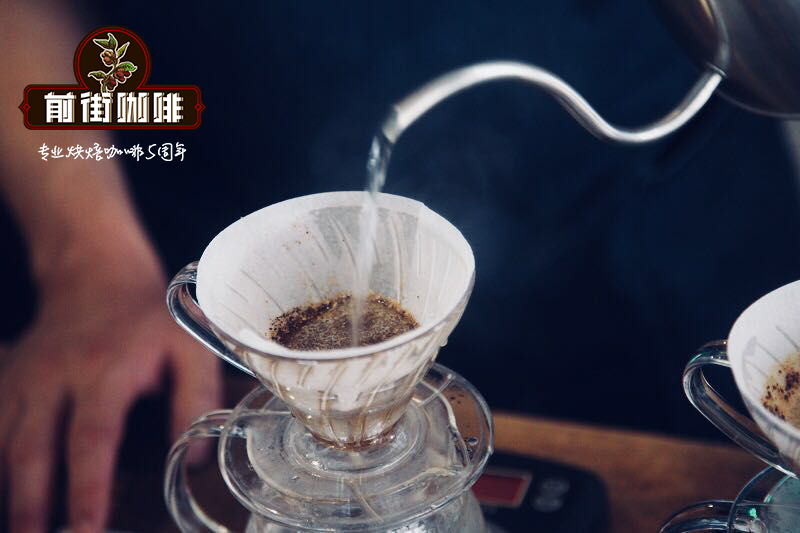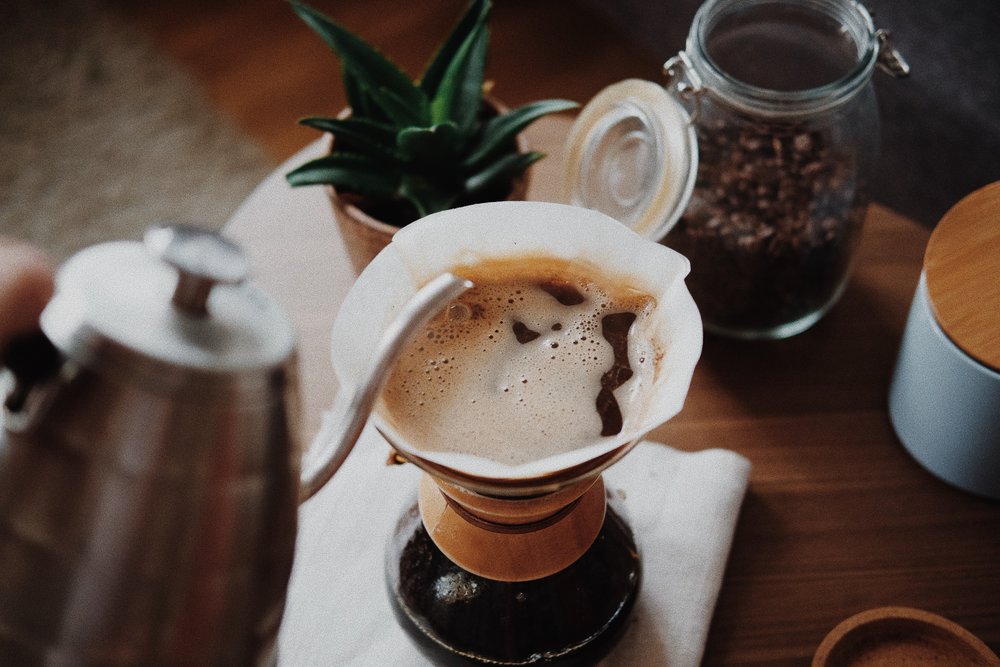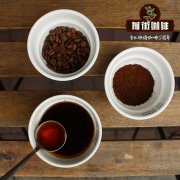Honey treatment, sun treatment, washing, which treatment is most suitable for your taste buds?
Professional coffee knowledge exchange more coffee bean information please follow the coffee workshop (Wechat official account cafe_style)

、
Honey treatment, sun exposure, washing. What exactly does all this mean? Or, perhaps more importantly, which treatment works best for your taste buds?
Three main ways to deal with
Traditionally, coffee has been treated in three main ways: washing, tanning and honey treatment. Of course, there are many other treatments, but they are relatively rare, such as the Indonesian wet planing method.
Washed coffee only focuses on the flavor of the beans themselves, which is designed to allow you to taste the flavor inside the beans, rather than the flavor added to the bean surface.
Sun-or honey-treated coffee requires coffee cherries to have flavor. However, the flavor of washed coffee is almost 100% dependent on the natural sugars and nutrients absorbed by coffee beans during their growth cycle. This means that variety, soil, weather, maturity, fermentation, washing methods and drying processes are all absolutely critical.
Washed coffee reflects not only the perfect planting science, but also the fact that coffee farmers are an indispensable part of creating coffee bean flavor. When we deal with washed coffee, it is clear that origin and environmental conditions play a vital role in increasing flavor.
This means that the washing process can highlight the true characteristics of single-origin coffee beans like other processes-which is why so much boutique coffee is washed.
"washed Ethiopia and Kenya have extremely clear flavors, and if handled correctly, their high-quality flavors will be perfectly presented."
20190928_040853319_iOS
Insolation
The method of solarization originated in Ethiopia and returned to the original treatment. The pulp of the coffee is left on the beans, and there is little damage to the coffee during drying. Although it requires less investment, it still needs certain climatic conditions to ensure that the pulp and seeds are dried in time.
With the passage of time, sun treatment is considered to be a low-quality treatment, because it can not guarantee the consistency of coffee flavor. This inconsistency is usually the result of the interaction between immature and ripe coffee cherries.
However, many people think that tanning actually has the potential to create the most delicious coffee-a comeback is just around the corner. If consistency can be achieved, sun-cured coffee can have the same clear flavor features as washed coffee, while providing some more interesting aromas.
Carefully selected and processed sun-dried coffee beans can bring incredible cup flavor and provide consumers with amazing sweetness-"some sun-cured coffee tastes more like tropical fruit salad or fruit platter than coffee."
In addition, sun-dried coffee beans are the most environmentally friendly.
Honey treatment
If handled correctly, honey-treated coffee beans taste as if someone had added honey and brown sugar to the coffee-although the name actually comes from the stickiness of the coffee beans during processing. In many ways, honey treatment is somewhere between washing and sunlight: it has a fruity flavor, but it is not as exaggerated as some sun-dried coffee beans. Its acidity is usually more round than washed coffee beans, with a strong sweetness and complex taste.
Honey treatment is closely related to Costa rica. in recent years, honey treatment has developed a series of treatment methods: yellow honey, red honey, gold honey, black honey and white honey. This reflects the effect of this treatment on the flavor and overall characteristics of coffee. This is most likely a highly scientific process that can affect the sweetness and body of coffee by controlling the amount of gum. Usually, the more gum left on the beans, the stronger the sweetness.
How do you decide which way to use?
Most coffee producers want to produce the most profitable and delicious coffee, but they are limited by the environment. Coffee beans are more closely related to their surroundings than most foods.
Manufacturers usually observe the rainfall and then decide whether to wash, honey or bask in the sun. If the rainfall is too large, it will be difficult to produce good sun-cured coffee beans; if the rainfall is low, it will create good processing conditions for honey treatment and sun exposure, which can retain more sugar in the coffee.
The future way of handling coffee
Some traditional coffee-producing countries tend to use a treatment process. For example, Rwanda and most of Central America have historically used washing treatment, while Brazil has preferred honey treatment or sun treatment.
This is changing because of the public demand for boutique coffee. As environmental and climatic factors permit, more and more coffee farmers are willing to try other processing methods. For example, in Nicaragua, Guatemala and Rwanda, some coffee farms and cooperatives are turning to sun and honey treatments. Through this treatment, they can create new and unusual flavor features and increase the value of coffee beans.
This is not just a simple choice of treatment: some coffee producers are experimenting with anaerobic fermentation, while others are looking for catalysts that can speed up fermentation. New processing equipment and knowledge sharing also help to create a more unique coffee flavor.
Important Notice :
前街咖啡 FrontStreet Coffee has moved to new addredd:
FrontStreet Coffee Address: 315,Donghua East Road,GuangZhou
Tel:020 38364473
- Prev

[cooking skills sharing] the hand rushed to the last accumulation of water, how to do?
Professional coffee knowledge exchange more coffee bean information Please follow the coffee workshop (Wechat official account cafe_style) I believe many people have had this experience: sometimes shallow baked beans are particularly easy to accumulate water, and at the end of the water injection, you will find that the water level drops so slowly that it drips no matter what.
- Next

Why is ground coffee put at the end before extraction?
Professional coffee knowledge exchange more coffee bean information Please follow the coffee workshop (Wechat official account cafe_style) the barista determines the grinding size, water temperature and chalk used by a bean, which basically determines the taste of the coffee in the cup, not the effect of brewing itself on the coffee. Among them, grinding has a great influence on extraction, which is why it is the same as
Related
- A complete list of coffee bean names and their meanings! What is Yejia Shefi coffee? Where is Mantelin coffee?
- What grade does Arida Manor Kaduai coffee beans belong to? What treatment is Arida ASD slow anaerobic sun exposure?
- The milk tea cup becomes smaller?! Overlord Tea Girl launches a new "Return to Yunnan" series
- Accused of selling counterfeit and high-priced coffee beans! Well-known boutique coffee brand "Oukelao" bowed and apologized!
- How to make espresso dumplings? Can I eat coffee and glutinous rice balls together?
- Save the unformed and stagnant powder cakes in one second! What is the problem with stagnant water in the powder bowl of the espresso machine?
- What does hand-brewed coffee stop mean? Why is it not recommended to make coffee by hand?
- Is it normal to smell like coffee? Why does coffee smell like alcohol? What's wrong with the strong smell of cold extract ice dripping ice brewed coffee?
- How to solve the problem that hand-brewed coffee extraction takes too long? Why is the water flowing so slowly when making coffee?
- The main points of making Australian white coffee, the proportion details, how does Australian white properly foam and blend the flowers?

